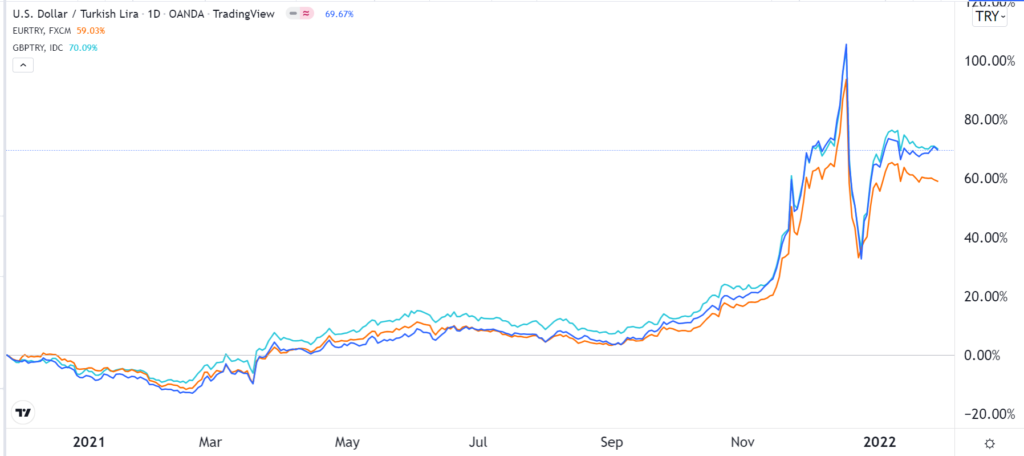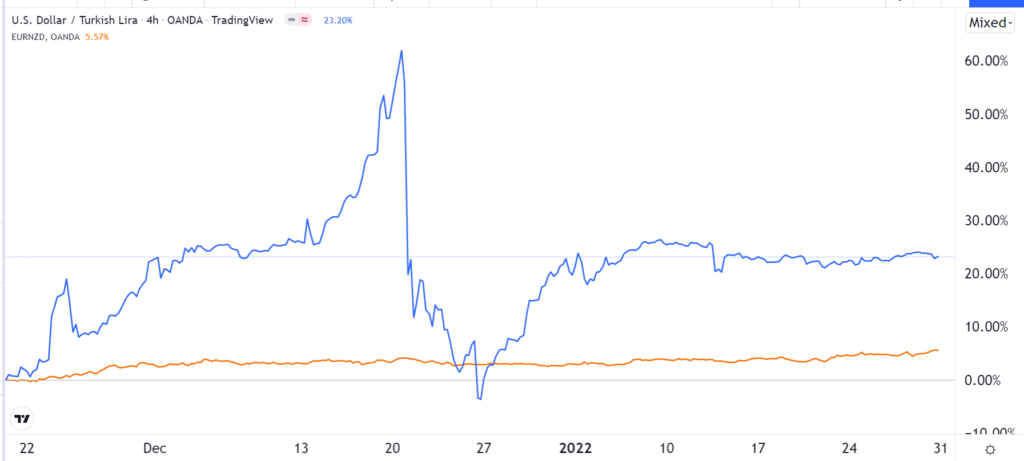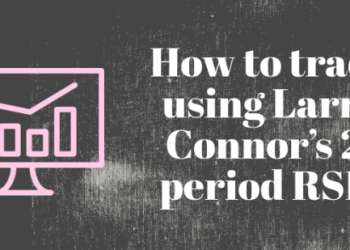Hedging is an important concept in the financial market. It is so important that an entire industry known as hedge funds has been born from it. According to BarclayHedge, the total assets under management in the hedge fund industry are worth over $4.5 trillion. In this article, we will look at the concept of hedging and how it works in the forex and cryptocurrency industry.
What is hedging in finance?
Hedging is the process where you attempt to protect yourself from a big loss in the financial market. The concept became popular in the 1950s when Alfred Winslow started the first hedge fund in the world.
His idea was relatively simple. Instead of having a long-only portfolio, he could diversify or hedge it with another short portfolio.
In this case, if stocks went up, his long-only portfolio would have generated a profit while his short portfolio would make a loss. As a result, his profit would be the gains from the long portfolio minus the losses in the short portfolio.
Today, the concept of hedging has been adopted in most asset classes. There are hedge funds that attempt to use the strategy in the commodities market while others use it across asset classes. A good example is a hedge fund manager who buys gold and then short mining stocks.
Hedging in forex and cryptocurrencies are popular approaches to making money in the market. It is a strategy that has worked well over the years for most traders.
What is hedging in forex and cryptocurrencies?
Hedging in forex is the process where a trader will attempt to limit losses by opening a number of trades at once. The idea is that if one currency pair rises, the other will decline and that the profit will be the spread between the profit or loss.
The same concept applies to the cryptocurrency industry. It is the concept of opening a series of cryptocurrency trades hoping that they will cancel one another.
As you will see below, hedging does not only involve assets of the same class. It can go across sectors. For example, it is possible to open two trades of the different asset classes and hope to generate a profit from the spread of the two.
Correlation in hedging
An important concept that most traders who use hedging rely on is known as correlation. In mathematics, correlation is the study of the relationship between two things. For example, you can calculate the correlation coefficient that exists between the Dow Jones and the S&P 500 index.
There are three main types of currency correlations. First, some currency pairs have a close correlation, meaning that they tend to move in the same direction. For example, currency pairs like the EURTRY, GBPTRY, and USDTRY tend to move in the same direction, as you can see below. This happens because they have the same counter-currency.

In this case, if a trader opened three buy trades on the three pairs, their accounts will be at risk if the Turkish lira suddenly declines. When you calculate the correlation of these pairs, the answer will be 1 or thereabout.
Second, some currency pairs are inversely correlated. This means that when one pair rises, the other one usually falls. The correlation coefficient of these pairs is close to -1.

Finally, some currency pairs have no correlations at all. For example, there is no relationship between the USDTRY pair and the EURNZD pair, as shown above.
Correlation in cryptocurrencies
The concept of correlations is a bit different in the cryptocurrency industry. It is different because, in most cases, cryptocurrencies move in the same direction, meaning that their correlation is close to 1. For example, if Bitcoin rises by 5% on a certain day, you can be sure that other altcoins like Ethereum and Cardano will move in the same direction.
Hedging strategies in forex and crypto
There are several strategies that traders have mastered when it comes to hedging in the forex market. First, there is the simple concept of buying and shorting a currency pair at the same time.
For example, you can buy one lot of the EURUSD pair and then short one lot of the same pair at the same time. In this case, if the pair rises, your first trade will be profitable while the second trade will make a loss.
Most traders don’t open these trades with the same lot size. Instead, they do their analysis and establish whether the pair will rise or not. If they expect it to rise, they will open a bigger bullish trade and a smaller bearish trade. The latter trade will act as a hedge.
Some forex brokers ban this type of hedging, but there is a workaround. For example, you can have two trading accounts and use them to execute the hedge trade. Alternatively, you can use the concept of hedging to protect your loss.
For example, instead of opening two trades of the same pair, you can find another pair that has a close correlation. In the case of the EURUSD pair, you can use a pair like EURCHF or EURAUD.
Second, you can use correlation using spot prices and futures markets. In the futures market, you gain a right but not the obligation to buy or sell a currency pair. Therefore, you can buy a currency pair and then open a put option of the same pair.
Finally, you can use the forex market and other assets to hedge risks. For example, you can buy the US dollar and short a commodity like gold. Historically, these assets have an inverse relationship. Therefore, there is a likelihood that the trade will act as a hedge.
Final thoughts
Hedging is a critical concept when it comes to managing risks. In this article, we have looked at what hedging is and identified the concept of correlation. It should be noted that while hedging works well, it has some risks.
For example, you might buy the USDZAR and short the EURZAR, and the two pairs generate a divergence. Therefore, you should always protect your trades using a stop loss.







